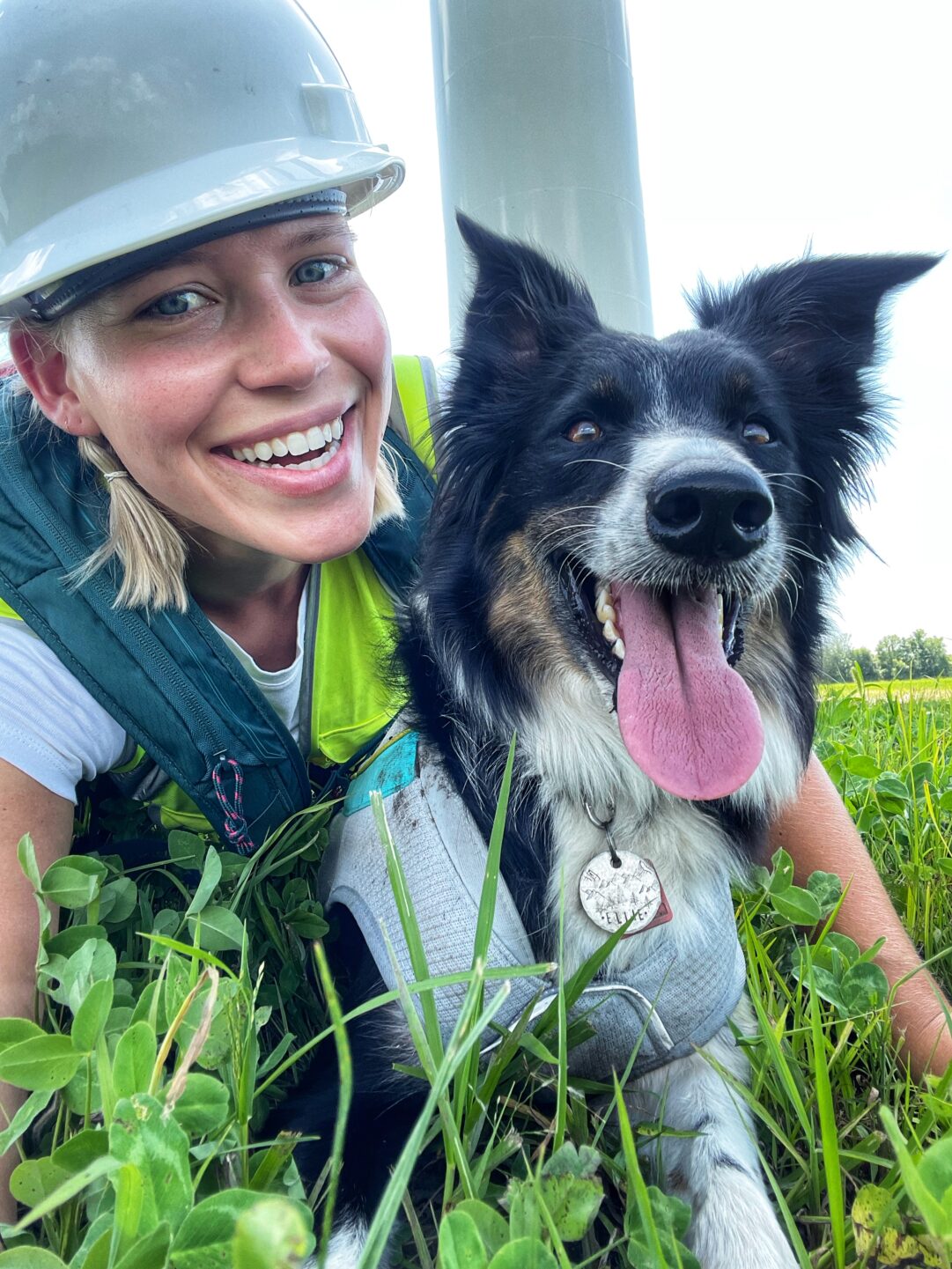Conservation detection dogs are a very powerful tool for finding hard-to-find samples. Pairing conservation detection dogs with other survey methods can strengthen the impact of your research and gather additional information.
Conservation detection dogs really excel at finding cryptic, elusive, rare, or widely dispersed species. However, detection dogs generally are trained to find scat of animals rather than the animal itself. There are times where this information simply isn’t enough for your study goals.
Many projects pair conservation detection dogs with a variety of methods to reach study objectives:
- A study done by WD4C and partners while I worked there used used radio-collared black-footed ferrets to find high-likelihood areas and train the dogs. Once the dogs were fully prepared for fieldwork, we deployed them in other areas without collared ferrets. Once the dogs alerted to an area, we placed camera traps and targeted the area for spotlighting to count individuals and assess health. Some areas were also targeted for live trapping to vaccinate the ferrets. In this case, dogs came before camera traps and spotlights and after radio collars.
- In other cases, dogs may target areas where camera traps, hair traps, or track pads have identified high-traffic areas. The dogs can then locate scat, which can be used to identify individuals, determine relatedness, examine diet, and other questions not answered by camera traps.
- In many invasive plant removal projects, dogs are used as a compliment to human searchers. Many projects use volunteer crews to canvass an area and remove as many plants as they can. Once they feel an area is ready, they call in the dog teams
- Researchers have used conservation dogs to confirm or pinpoint information initially gathered from environmental DNA (E-DNA).
- Some studies have compared dogs to thermal imaging drones (Karp, 2020). Pairing drones with dogs could allow researchers to collect additional information by having the dogs locate the animals then observing with drones or by locating high-traffic or high-likelihood areas with drones and then surveying with dogs for scat.
- Wind farms often pair dogs with acoustic monitoring to help target dog searches to times where bats are in the area or to monitor areas that dogs have identified as high-traffic.
Conservation dogs are often viewed as an expensive option used only for extraordinarily difficult projects. Researchers can boost the value of hiring a dog team by pairing them intelligently with other methods.
Not all conservation detection dogs come at an eye-popping pricetag, either. Contact K9 Conservationists if you’d like to brainstorm options for having dogs assist with your next research project.

